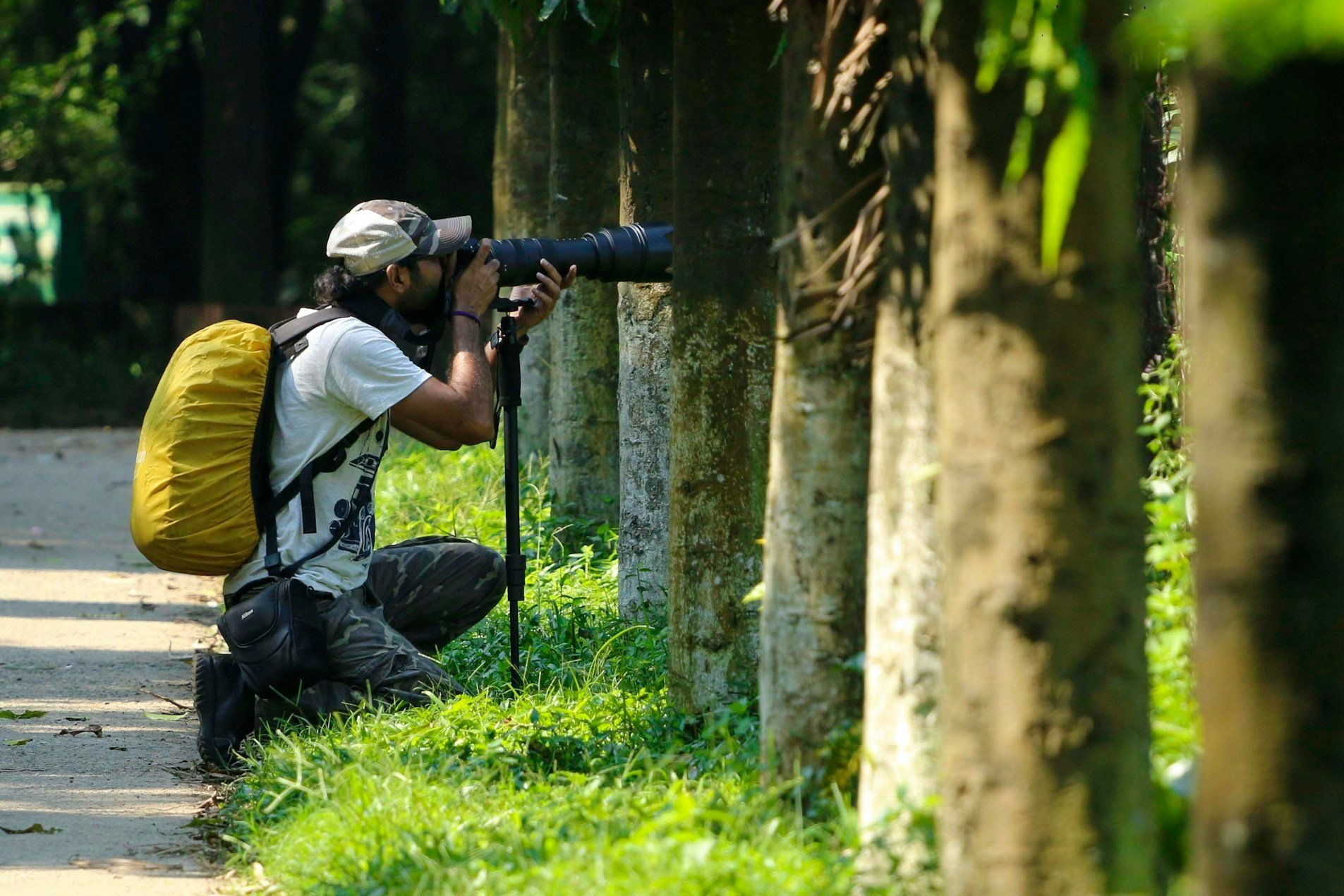Red Panda Facts: Cutest Climbers in the Animal Kingdom
Red Panda at San Diego Zoo, San Diego, United States by Jessica Weiller
Hey there, fellow animal lover! Let's dive into the world of one of the cutest creatures on the planet—the red panda. Also known as the lesser panda, this adorable mammal hails from the eastern Himalayas and southwestern China. With a population of less than 10,000 individuals, these little guys are slightly larger than your average house cat, sporting a bear-like body and thick, russet fur. Their bellies and limbs are black, with charming white markings on the sides of their heads and above their small eyes. Red pandas are incredibly skillful and acrobatic, spending most of their time in trees. Talk about a cute and agile baby red panda!
Habitat and Lifestyle
Did you know that almost 50% of the red panda's habitat is in the Eastern Himalayas? They use their long, bushy tails for balance and to cover themselves in winter, presumably for warmth. Primarily herbivores, the name "panda" is said to come from the Nepali word 'ponya,' which means bamboo or plant-eating animal. Despite sharing a common name, red pandas are not closely related to giant pandas—often considered the real pandas. Phylogenetically, the red panda falls under a unique taxonomic group called Ailuridae, sharing common traits with mustelids, which include raccoons, weasels, and skunks. Giant pandas, on the other hand, are classified under a separate, distant taxonomic family of bears called Ursidae.
Feeding Habits and Adaptations
Red pandas feed mainly on bamboo using their opposable thumb. While their thumb-like appendages can be used in the same way as that of giant pandas, it is believed that the red panda's opposable thumbs may have evolved as an adaptation for grasping branches in trees rather than for stripping bamboo. They also munch on fruits, roots, succulent grasses, acorns, lichens, and even bird eggs, insects, and small mammals. Imagine a baby red panda nibbling on bamboo—how cute is that?
Distribution and Subspecies
Red pandas live in high-altitude forests of Nepal, India, Bhutan, Myanmar, and China. They are mainly arboreal species, often living close to water sources and in densely bamboo-covered areas. In the wild, there are two formally recognized subspecies of red panda. However, recent studies suggest that they might be two separate species. Ailurus fulgens fulgens, which is slightly smaller in size, is mostly found in Nepal, along with India, Myanmar, and Bhutan. While Ailurus fulgens refulgens is primarily found in China. In the wild, the red panda prefers a solitary and nocturnal lifestyle. It is mainly active during the twilight period and until the early hours of the morning. During daylight hours, they can be found resting or snoozing above the ground, lying dangled, or curled up on tree branches, depending on the weather.
Conservation Status
Red pandas are currently listed as endangered species by the IUCN, and their numbers are believed to be less than 10,000 individuals in the wild. However, the exact figure remains unknown. Habitat loss, fragmentation, and degradation are major threats to wild red pandas. Poaching is also one of the threats to this species, as red pandas are killed for food, medicine, pet trade, and their distinctive red fur. Apart from poaching, the surviving red panda populations are also vulnerable to disease, natural disasters, and the effects of climate change. For example, as temperatures rise, the red panda will need to move to higher elevations.
Fun Facts About Red Pandas
Red pandas are incredibly cute and often referred to as "living teddy bears."
Baby red pandas are born blind and only open their eyes after about 18 days.
Red pandas communicate using a variety of sounds, including squeals, twitters, and huff-quacks.
They have a unique way of marking their territory by using scent glands located on the bottom of their feet.
The red panda, known for its adorable appearance and acrobatic skills, is called by different names in various languages. In Swedish, it is referred to as "röd panda," while in Irish, it is known as "panda dearg." In Norwegian, the red panda is called "rød panda." In French, it is "panda roux," and in German, it is "Kleiner Panda." In Spanish, the red panda is known as "panda rojo," and in Italian, it is "panda rosso." These names reflect the distinctive red coloration of this charming creature, making it easily recognizable across different cultures and languages. Whether you call it a red panda, röd panda, panda dearg, panda roux, Kleiner Panda, panda rojo, or panda rosso, there's no denying the universal appeal of this cute and fascinating animal.
The red panda is a fascinating and adorable creature that deserves our attention and protection. By raising awareness and supporting conservation efforts, we can help ensure that future generations will be able to enjoy the sight of these incredible animals in the wild.
For more blog articles related to wildlife, nature, photography, and traveling, you can visit my blog: Damith Danthanarayana's Blog.
Search the blog:

















